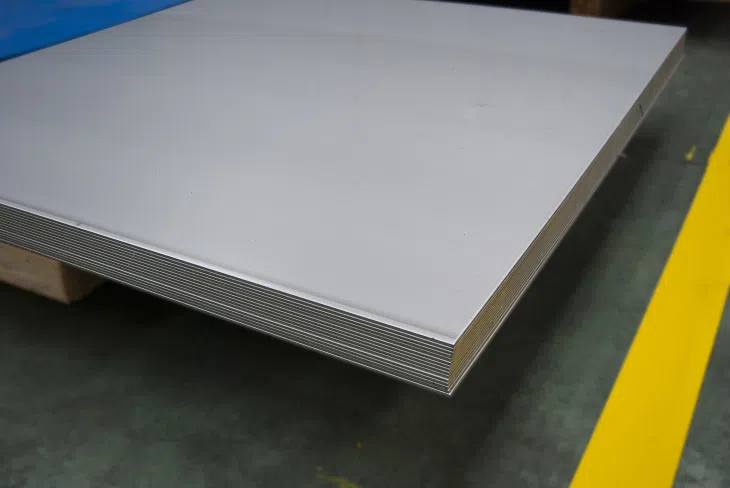Most types and forms of stainless steel, forged or cast, can be electropolished successfully. However, electropolishing of sulfur free machining grades does not provide a high standard of surface finish. The principle of anodic dissolution of a thin surface layer is similar to that of electropolishing and can be done on other metals. About 20 to 40 microns of surface are removed, leaving a smooth surface that optimizes the corrosion resistance of stainless steel in any given environment.
The process uses relatively low voltages of 12 to 18 volts, but has large currents between 750 and 3000 amps. This gives an anode current density of about 20 to 40 amperes per square decimeter (amps per square decimeter). The stainless steel product being electropolished is the anode in this DC battery. The electrolyte used is usually a mixture of phosphoric acid and sulfuric acid. This process takes about 10-20 minutes.
This process induces preferential dissolution of "peaks" or high spots on the workpiece surface. This results in a net smoothness of the surface, which is also beneficial for removing surface stress left over from the mechanical polishing pretreatment. Contamination and debris from mechanical surface treatments are also removed by electropolishing. However, scratches and visible surface irregularities cannot be removed by electropolishing. The non-metallic inclusions at the surface of the stainless steel may also be more pronounced after electropolishing compared to the polishing after the mechanical polishing method. Electropolishing can be used on castings to check the soundness of the surface.

The design of the fixture is very important, especially on complex shapes, as it affects the consistency of the polished surface and reduces the risk of gas streaks. Both hydrogen and oxygen are dual products of the process, with the oxygen coming from the stainless steel "anode". This means that the electropolishing process does not cause hydrogen embrittlement to stainless steel.
Optimize the corrosion resistance of finished stainless steel components. Micro gaps in the surface are eliminated. Electropolished surfaces should be completely passive and require no further passivation. Can be used for complex shapes, such as wire radiator grills, where mechanical polishing is difficult or impossible.
Improve surface reflectivity. Remove machining burrs on small components, thus avoiding surface contamination caused by previous mechanical polishing. This imparts the added benefit of easier and more efficient in-service cleaning of electropolished items. There is a low tendency for contact substances to adhere (clump) to component surfaces and fibers to "get in the way" in paper and textile processing applications.
Improved surface cleanability compared to machined surfaces. The rate of bacterial growth in food industry applications is low. Low surface stress in machined components. The stainless steel springs have been electropolished to improve fatigue life especially compared to normal shot peening. Eliminate enclosed surface gases in items operating under high vacuum conditions.